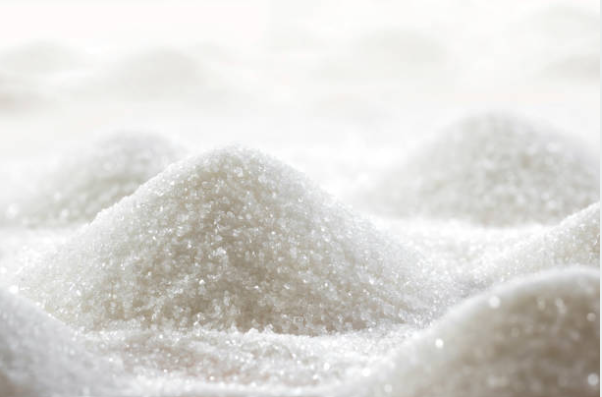
According to projections, India would consume 28 million tones of sugar in the 2024–25 sugar year, which is around 1.5 million tones less than the previous year. The absence of note worthy events, like the 2024 General Elections, which were held in the summer, is the main cause of this reduction. The domestic sales limit for the first four months of the current sugar season is 0.7 million tones less than it was during the same period last year, according to data from the Indian Sugar and Bio-Energy Manufacturers Association (ISMA). Increased demand during the general elections (April–June 2024) led to a greater sales quota the year before.
According to ISMA, overall domestic consumption for the 2024–25 sugar season will be approximately 28 million tones, with an average monthly domestic consumption of roughly 2.35 million tones during the remaining eight months. Furthermore, the first quarter of the current marketing year, which started in October, saw a 16 percent decline in India’s sugar production, to 9.5 million tones, mostly as a result of lower output in Maharashtra. With the amount diverted for the manufacturing of ethanol excluded, mills produced 11.3 million tons of sugar last year. While Uttar Pradesh’s cane supply was briefly disrupted by rainfall in late December 2024, ISMA says that crushing rates in Maharashtra, Karnataka, and Uttar Pradesh had improved when compared to the previous year.
There were 493 mills in operation during the first quarter, compared to 512 industries during the same period last year. In the first quarter of the 2024–25 marketing year, Uttar Pradesh, the nation’s top producer, produced 3.28 million tonnes of sugar, down from 3.43 million tonnes during the same period the previous year. Production in Maharashtra, the nation’s second-largest producer, dropped to 3 million tonnes from 3.8 million tonnes the previous year. Karnataka too had a decrease, with production falling from 2.49 million tonnes to 2.04 million tonnes during the same period.
Source:-Business Standard